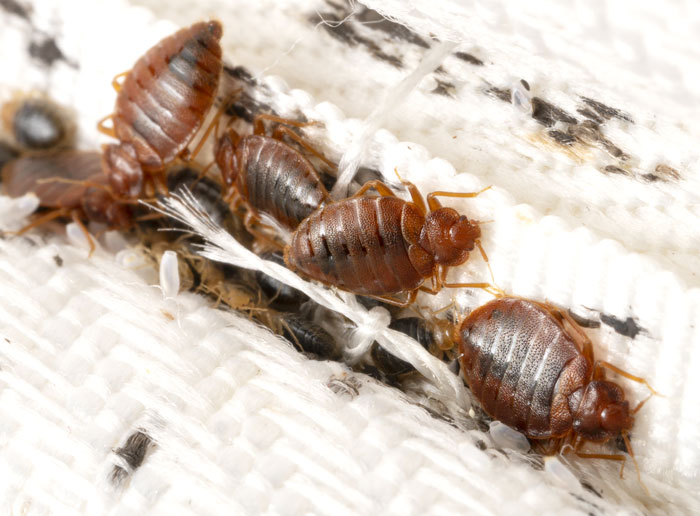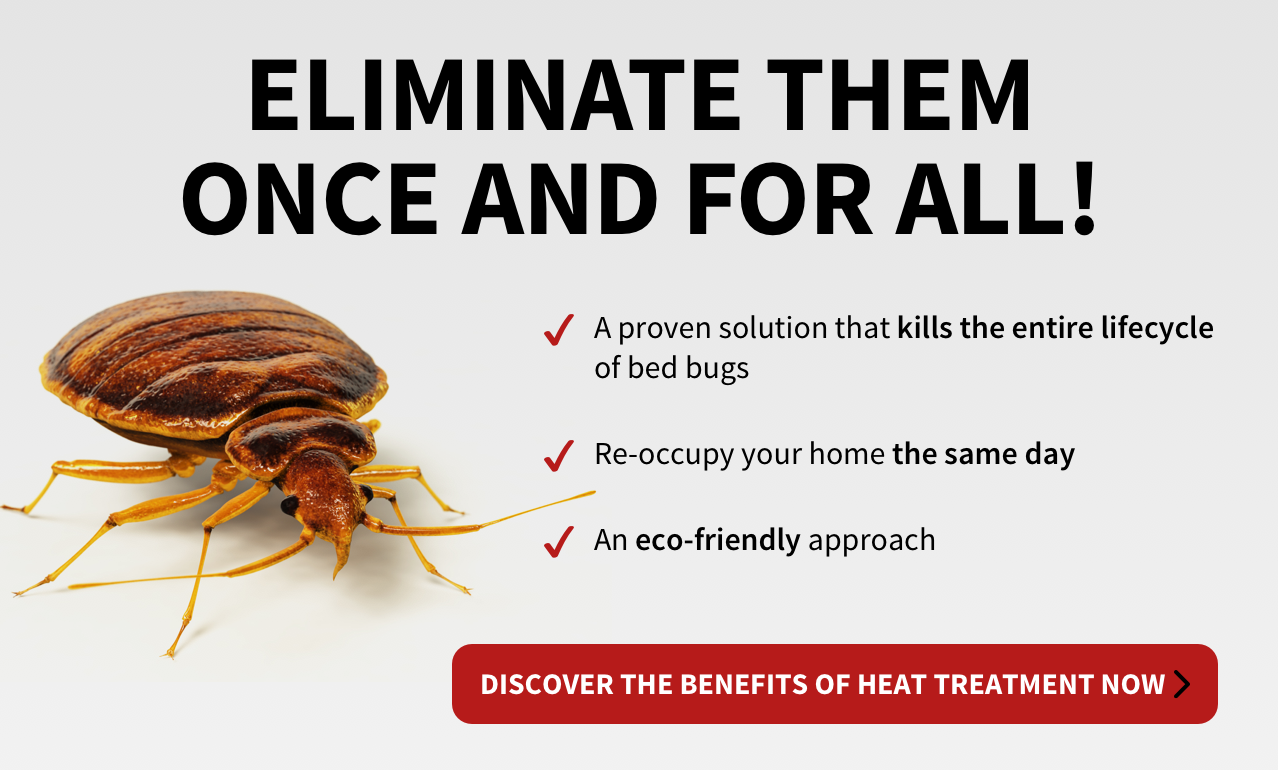How to Identify Bed Bug Bites and Prevent Future Infestations
How to Identify Bed Bug Bites and Prevent Future Infestations
Blog Article
Discover the Different Kinds of Pest and Their Treatment Choices for Effective Management
The monitoring of insects in both domestic and farming setups demands an extensive understanding of the different types that can attack these atmospheres, in addition to the treatment options available for efficient control. From household rodents that present health risks to garden pests that intimidate crop yields, each classification demands a customized strategy. Understanding the nuances of insect habits and the matching treatments is critical; however, the question stays: what are the most efficient methods that not just attend to existing invasions yet additionally protect against future events?

Typical Household Pests
Although family pests can vary substantially in kind and actions, numerous share typical features that make them a nuisance. Typical house pests include rodents such as computer mice and rats, pests like roaches and ants, and periodic intruders such as crawlers and flies. These pests frequently flourish in atmospheres that supply very easy accessibility to water, shelter, and food, making homes particularly vulnerable.
Rodents, for example, are well-known for triggering structural damages and spreading illness. They can nibble through electrical wires, potentially leading to fire threats. Pests like roaches are not just disturbing but can also trigger allergic reactions and bronchial asthma in delicate individuals. Ants, while usually harmless, can invade cooking areas, providing food resources unattractive.
Efficient pest administration begins with prevention, which consists of sealing entrance points, maintaining cleanliness, and utilizing proper storage space techniques for food. Recognizing the behaviors and qualities of these typical house pests is important for efficient monitoring and preserving a healthy and balanced living environment.
Garden Parasites and Their Influence
Garden parasites position a considerable hazard to the wellness and productivity of plants, with some quotes recommending that they can cause up to 40% of plant losses in certain areas. These bugs, which consist of pests such as aphids, caterpillars, and beetles, along with nematodes, can bring upon extreme damages by eating plant cells, leading to stunted growth, minimized returns, and compromised top quality.
The effect of garden pests extends beyond simple visual problems; they can disrupt environments by altering food web, affecting pollinators, and spreading out illness among plants. For circumstances, pests like the spider mite can damage plants, making them more vulnerable to fungal infections. Furthermore, invasive types might outcompete indigenous flora, causing biodiversity loss.
Efficient monitoring techniques are vital to minimize these hazards. Integrated Pest Management (IPM) techniques, which combine organic control, cultural methods, and targeted chemical applications, can supply sustainable services. Normal tracking and very early treatment are crucial in stopping invasions. bed bug heat treatment. By recognizing the specific bugs and their behaviors, gardeners can apply targeted treatments that not only shield their plants however likewise promote a much healthier yard ecosystem.
Rodents: Recognition and Dangers
Rats prevail yard pests that can position significant threats to plant health and wellness and general Get More Info environment stability. These tiny creatures, consisting of varieties such as voles, rats, and mice, are often identified by their sharp incisor teeth and robust bodies. Their fur coloration varies extensively, varying from grey to brownish, and they typically show a lengthy tail which aids in balance and agility.
The dangers linked with rodent infestations are diverse. Rodents are well-known for their duty as vectors of numerous illness, including hantavirus and leptospirosis, which can be transferred to family pets and people.
In addition, rats can interfere with the natural balance of local ecosystems by taking on indigenous wildlife for sources. Their delving routines can lead to dirt erosion and destabilization of plant roots. For that reason, very early recognition and understanding of rodent actions and dangers are crucial for reliable bug monitoring.
Effective Treatment Techniques
When taking care of rodent infestations, employing reliable therapy approaches is crucial for decreasing damage and health and wellness dangers. Snap traps and digital traps offer a quick and humane method to get rid of rats, while glue traps can assist monitor activity levels.
Secondly, bait stations including rodenticides can be strategically positioned in locations of high rodent activity. These terminals must be tamper-resistant to make sure the security of non-target pets and youngsters. It is essential to select the proper bait type, as rats can establish lure hostility if not altered periodically.
Along with traps and bait, sealing access points can considerably reduce the opportunities of re-infestation. This involves inspecting and repairing voids in windows, wall surfaces, and doors.
Finally, professional parasite control services can be helpful for considerable invasions. They possess the experience, tools, and items necessary for efficient eradication and can develop a customized management plan. By applying these therapy techniques, residential or commercial property proprietors can properly resolve rodent problems and safeguard their wellness and building.
Preventative Procedures and Tips

Maintaining sanitation is just as crucial; make certain that food is kept in airtight containers and promptly tidy up crumbs or spills. Consistently taking care of rubbish and ensuring that compost heap are managed appropriately can index hinder insects from being drawn in to your home.
In addition, take into consideration landscaping practices that inhibit rodent habitation. Trim greenery and maintain mulch away from the structure of your property, as these can offer hiding places for parasites.
Conclusion
Effective insect monitoring demands a detailed understanding of numerous bug types and their specific therapy options. Tailored techniques for family pests, yard bugs, and periodic intruders are important for lessening dangers and improving control actions. By integrating effective therapy techniques with preventative methods, such as regular inspections and maintaining sanitation, the chance of problems can be dramatically decreased. Ultimately, a proactive stance on bug administration promotes a healthier setting, safeguarding both property and farming areas from pest-related challenges.
Typical household parasites consist of rats such as rats and computer mice, insects like roaches and ants, and periodic invaders such as crawlers and flies.Rodents are typical garden parasites that can present substantial threats to plant health and wellness and general environment stability. Very early identification and understanding of rodent behaviors and dangers are crucial for efficient pest management.
Effective insect management starts long prior to an invasion occurs, with aggressive procedures that can substantially lower the chance of rodent entrance and habitation.Reliable insect monitoring demands a comprehensive understanding of various bug types and their specific therapy choices.
Report this page